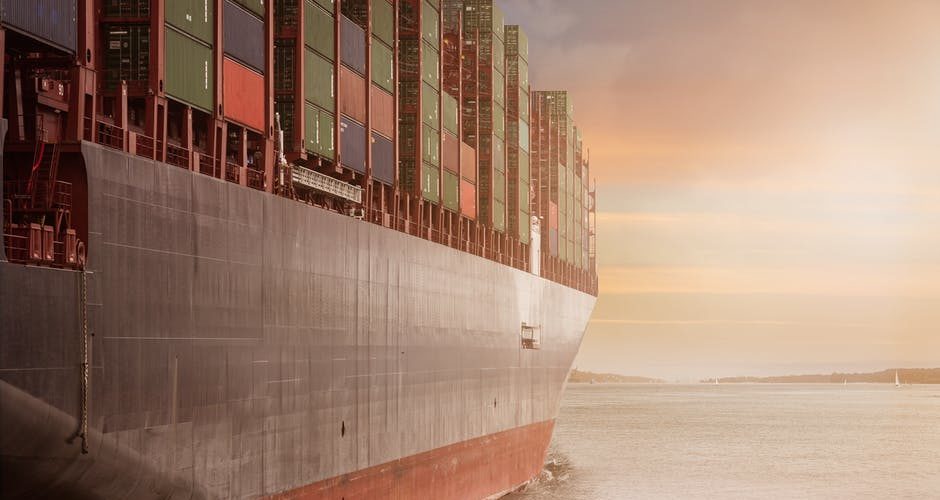Best Practices and Ecommerce Shipping Solutions
The number of people who shop online will rise to over 2.14 billion in 2021. That’s a vast pool of consumers. If you haven’t taken your business online, this statistic should persuade you to do that.
But as more people opt to buy online, the number of online businesses is rapidly increasing. This creates a fiercely competitive market environment. It’s the reason you need to find fresh creative ways to market your product.
A smart move is to provide attractive eCommerce shipping solutions to your potential clients. The vast majority of online shoppers cite shipping options as the most critical factor when it comes to their shopping experience.
Indeed, shipping is one of the top elements of your online store. Businesses that can effectively implement best practices for shipping stand a better chance to draw more clients, enhance customer satisfaction, and experience higher conversion rates.
Online stores that fail to offer shipping solutions that meet their customer’s high expectations, on the other hand, will inevitably experience high rates of cart abandonment.
In this article, we explain several best practices and shipping solutions for your eCommerce store. Read on to learn more.
Highlight Your Ecommerce Shipping Solutions
When it comes to online shopping, good consumer experience is critical. Customers will hardly revisit a site after they’ve had a bad experience or two.
Take the time to create customer awareness regarding your shipping policies. Highlight some of the strong points of your shipping strategy, including the shipping options, return policy, and fulfillment. Doing so reduces cart abandonments.
Try to provide flexible shipping plans that are based on the amount the customer spends, how frequently they shop, the season they buy, the area they live in, and so on. Customize your shipping solutions to suit your customers’ needs. Always visit relevant sites to find out more creative shipping solutions to adopt.
Provide Free Shipping
Free shipping is undoubtedly the most attractive factor for online shoppers. About two-thirds of customers recommend a retailer based on this factor alone. High shipping costs, on the other hand, are the biggest contributor to cart abandonment.
Of course, free shipping is never really free. Someone pays for it – either you or the client. This means you either accept lower profit margins or your consumers pay higher prices.
Today’s online shoppers expect free shipping, so don’t think twice about providing it. If you don’t, you’ll be missing out on potential sales. The main concern, of course, is how to ship products for free and still make a profit.
The smart move is to have a shipping system where customers can enjoy free shipping only after their order has met a certain amount. For instance, you can provide free shipping on orders over $30. Once you start to provide free shipping options, you’ll begin to see an increase in the average order volume.
Ensure Any Shipping Costs Are Clear At Checkout
In case you don’t provide free shipping or only do so on orders above a specific dollar value, it’s important to make the shipping costs clear at checkout. The customer should be able to see the shipping costs once they view the order summary screen. It’s one of shipping best practices that’ll keep cart abandonment low.
Why?
Well, many customers are willing to pay for shipping, but no one likes surprises. If potential buyers suddenly get blindsided by high shipping expenses, they’ll most likely abandon their cart.
Let Customers Know the Expected Delivery Date
Most customers consider shipping time a vital factor when making a purchasing decision. That’s why you need to give customers a delivery estimate for the item they’re purchasing during checkout. This estimate, of course, depends on the date and shipping method they select.
Where customers have no idea when their item will reach them, they’ll find it hard to make a purchasing decision. Find a suitable tool that provides a delivery estimate for potential clients. This will give potential customers the information they need and reduce the chances of cart abandonment.
Keep Customers Informed During Shipping
Now that a customer has placed an order on your store and you’ve sent the item, you may think that all is done. Nothing could be further from the truth. Customers expect to receive confirmation about their orders before the orders reach them.
Come up with a system of communication that keeps your customers informed while their items are in transit. This builds trust and contributes to a positive customer experience.
Deal With Problems Right Away
Your customer may have chosen the best way to ship their products, but sometimes the unexpected happens. Packages could get damaged lost. When that happens, the customer sees it as your responsibility, though that may not necessarily be the case.
Remember, you’re the one who chose the carrier who either damaged or lost the shipment. Therefore, you’ll need to do what’s necessary to make things right. As soon as you discover a problem with a client’s package, do the following:
- Find out the tracking details of the shipment online
- Verify whether the customer’s address and contact details were correctly recorded
- Call the carrier to find out the status of the package
- Follow up with the carrier till the issue is finally resolved
- Ship a replacement package to the client right away
Ultimately, the goal is to achieve the highest level of customer satisfaction possible. Making your client wait until the carrier can locate a lost shipment is unacceptable. It’s best to replace the parcel and eventually recoup the loss after the carrier traces the item or compensates you for the item.
Adopt E-Commerce Best Practices Today
Adopting efficient shipping best practices is one of the guaranteed ways to enhance the online shopping experience. Keep in mind that the consumer’s journey does not end the moment they make a purchase. Instead, it ends after they receive their package in good condition and on time.
It’s the reason you need to implement reliable eCommerce shipping solutions to ensure that you’re meeting your customers’ expectations.
Would you like to read more great content like this? Please keep visiting our blog.

